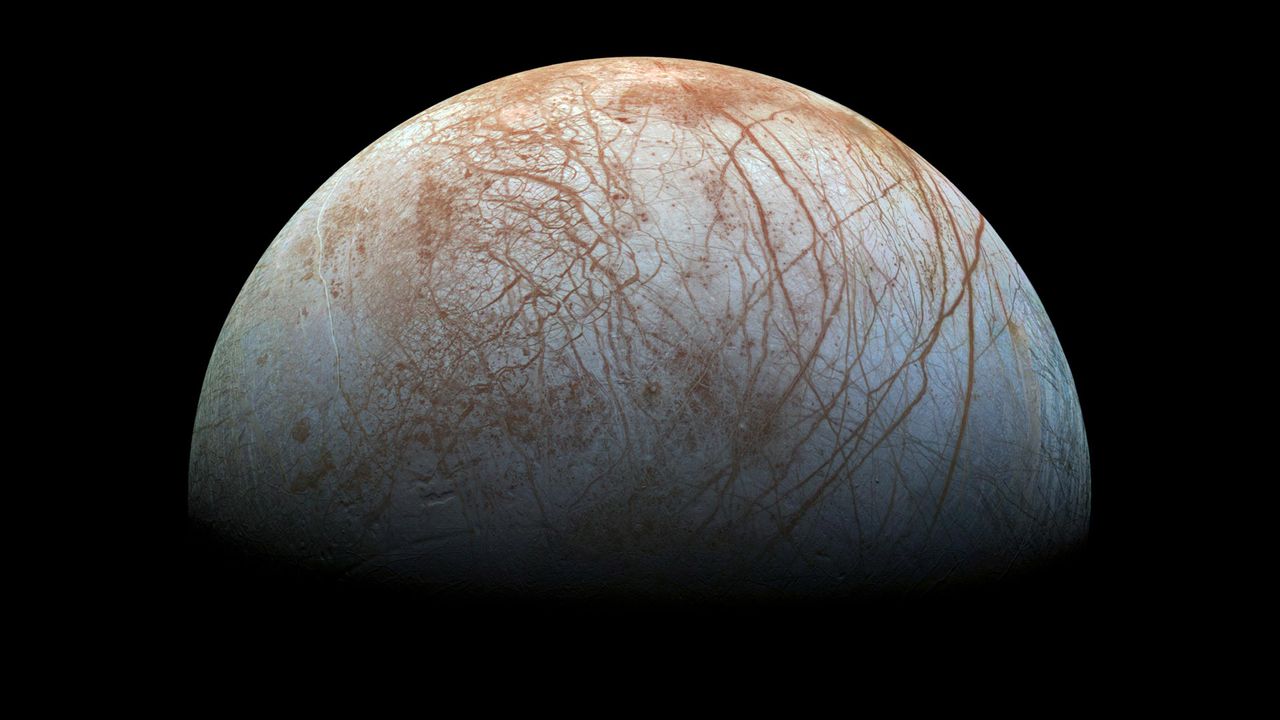A newly developed laser drill could significantly change how scientists explore the icy surfaces of celestial bodies in our solar system. Researchers at the Institute of Aerospace Engineering at Technische Universität Dresden in Germany have introduced a concept that promises to efficiently penetrate the ice crusts of moons such as Jupiter’s Europa and Saturn’s Enceladus. This innovative technology addresses the longstanding challenge of drilling through ice, which has hindered previous exploration efforts.
Traditional drilling methods, including mechanical drills and melting probes, face several drawbacks. They are often heavy, complex, and require substantial power to operate. In contrast, the new laser-based drill maintains a lower mass and energy consumption while allowing deep access to ice. According to Martin Koßagk, the lead author of the study, “We’ve created a laser drill that enables deep, narrow and energy-efficient access to ice without increasing instrument mass — something mechanical drills and melting probes cannot achieve.”
This laser drill operates by emitting a concentrated beam that vaporizes the ice, a process known as sublimation. Unlike conventional melting probes that must extend heavy rods downward, the laser drill keeps all equipment on the surface. The vaporized ice escapes through a narrow borehole, allowing for the collection of gas and dust samples that can be analyzed for their chemical composition and density. This analysis provides critical insights into the thermal properties and formation history of the celestial bodies being studied.
The laser drill concept functions at an operational capacity of approximately 150 watts, with a constant projected mass of about 4 kilograms (or 9 pounds) regardless of drilling depth. Initial tests have demonstrated promising results, with the prototype successfully drilling through ice samples about 20 centimeters (or 8 inches) long under controlled conditions. Field tests conducted in the Alps and the Arctic have shown the drill reaching depths of over one meter.
In laboratory experiments with just 20 watts of power, the laser drill achieved drilling speeds approaching 1 meter per hour, and up to 3 meters per hour in less dense, dust-rich ice. This efficiency allows for deeper exploration without the complications of increased mass or energy demands commonly associated with traditional methods.
While the laser drill boasts many advantages, it is not without limitations. It cannot operate effectively in non-ice materials such as stone or dense layers of dust, where it would require a new borehole to circumvent these obstacles. Koßagk emphasized the importance of integrating the laser drill with other instruments, such as radar, to locate potential impediments within the ice.
Challenges also arise when drilling into water-filled crevasses. In these instances, the drill must pump out water to continue its operation, but such efforts could yield valuable data on the chemical environments that might support microbial life. If life ever existed on these moons, remnants might be detectable in the samples collected.
The next steps for this promising technology include miniaturizing the laser system, developing a dust-separation unit, and conducting space-qualification tests. A compact version of the drill could eventually accompany a lander on missions to explore icy moons, advancing our understanding of what lies beneath their frozen surfaces.
Interestingly, the laser drill’s applications are not limited to space exploration. Field tests in collaboration with the Austrian Research Centre for Forests and the Department of Natural Hazards have shown that this technology can measure snow density without the need for excavation. Mounted on a drone, the laser drill could safely collect data from hazardous mountain slopes, potentially aiding in avalanche prediction.
The research team’s initial findings were published on September 8, 2023, in the journal Acta Astronautica. As the development of this innovative laser drill progresses, it holds the potential to unlock the secrets of icy worlds, both in our solar system and on Earth.
